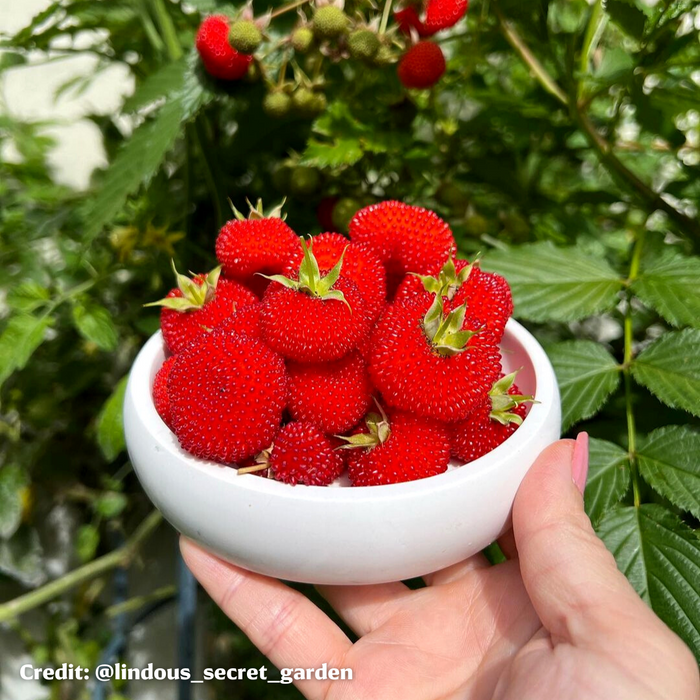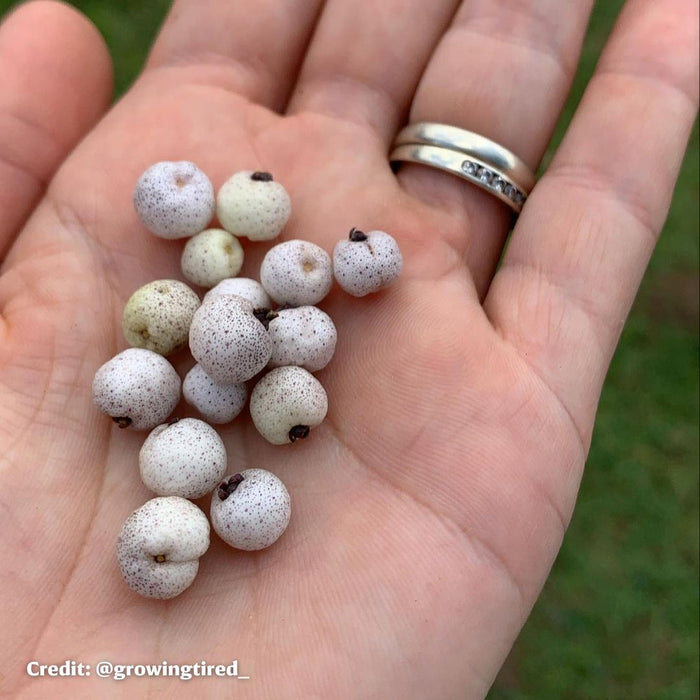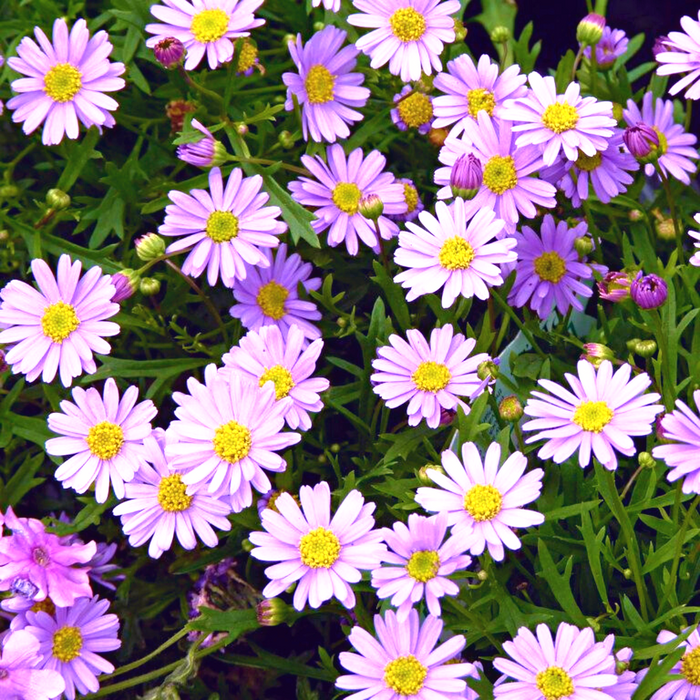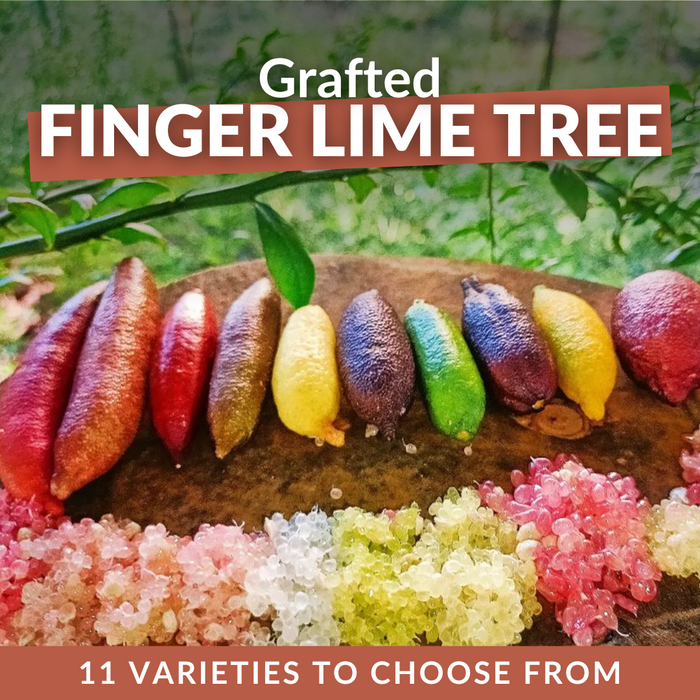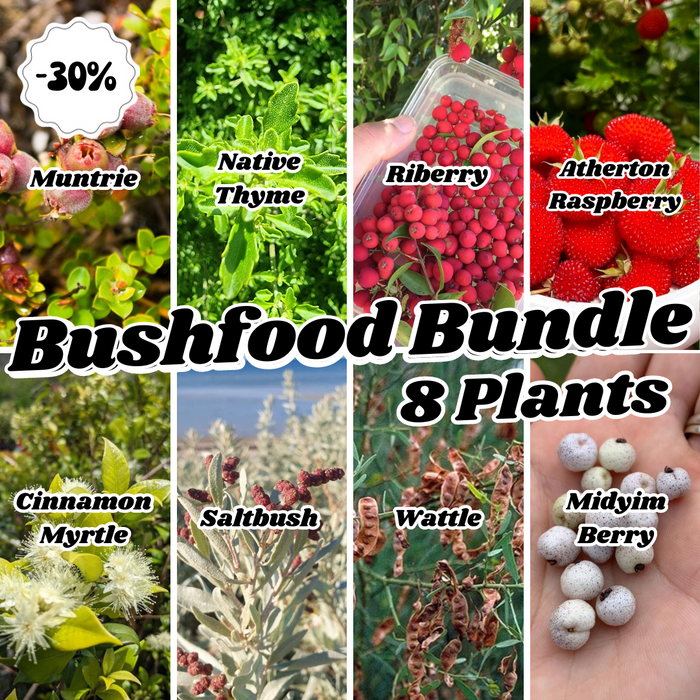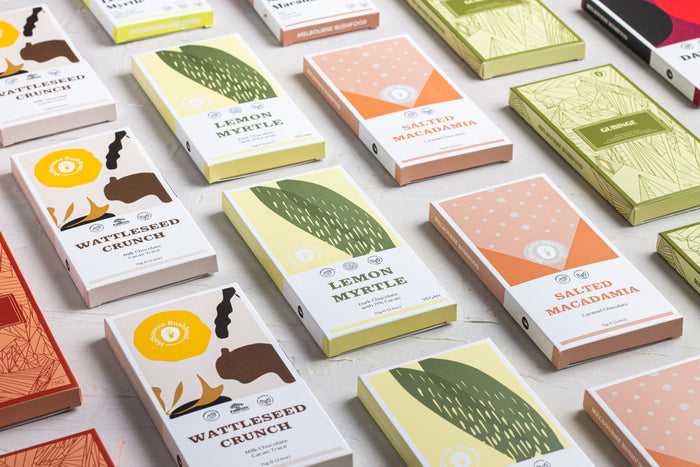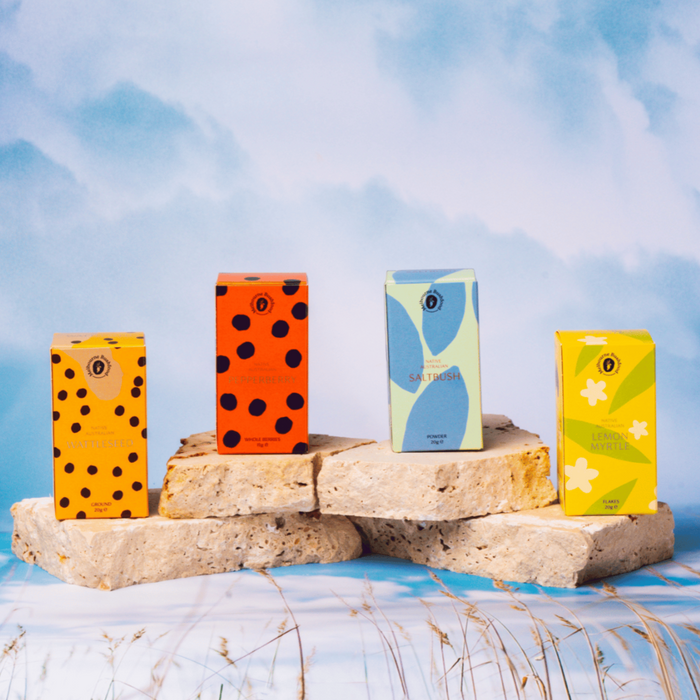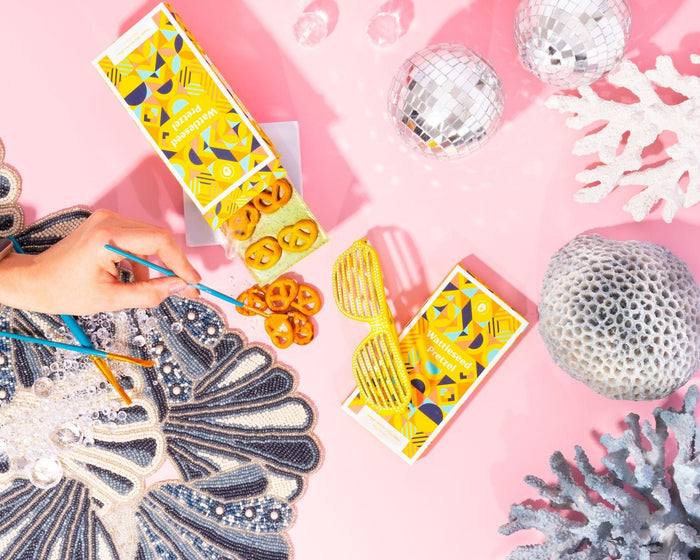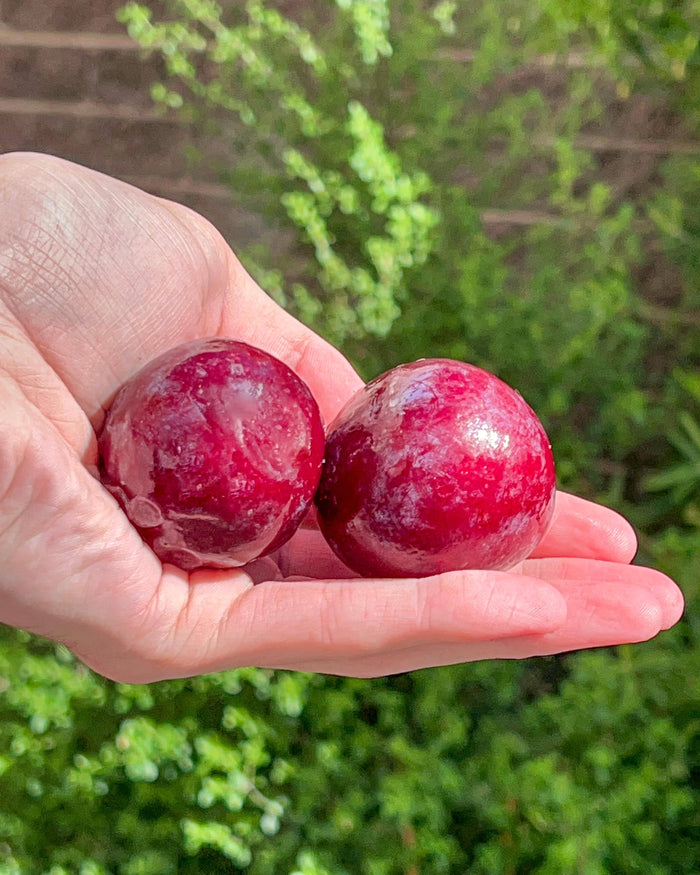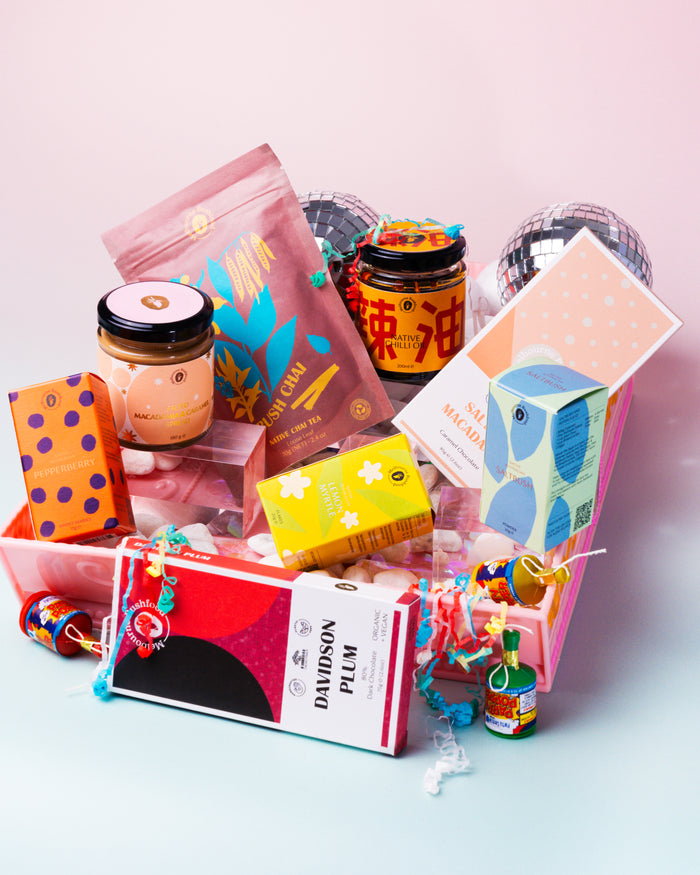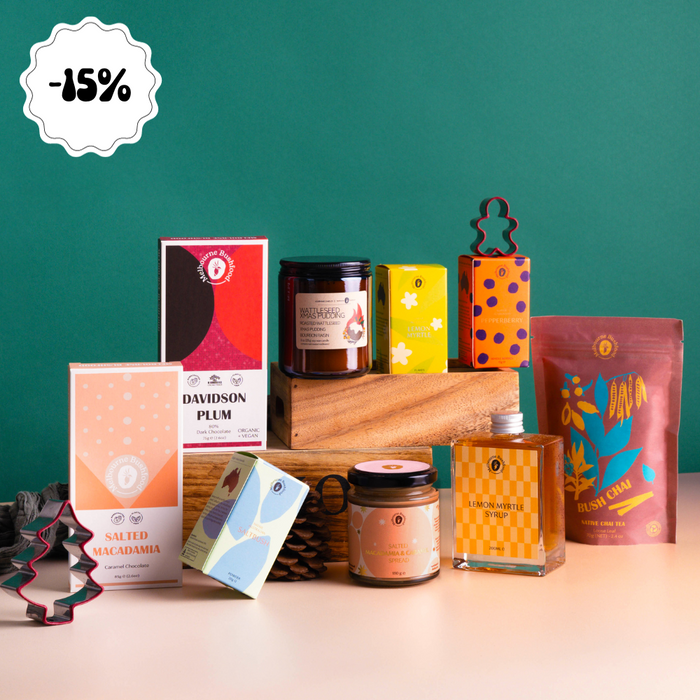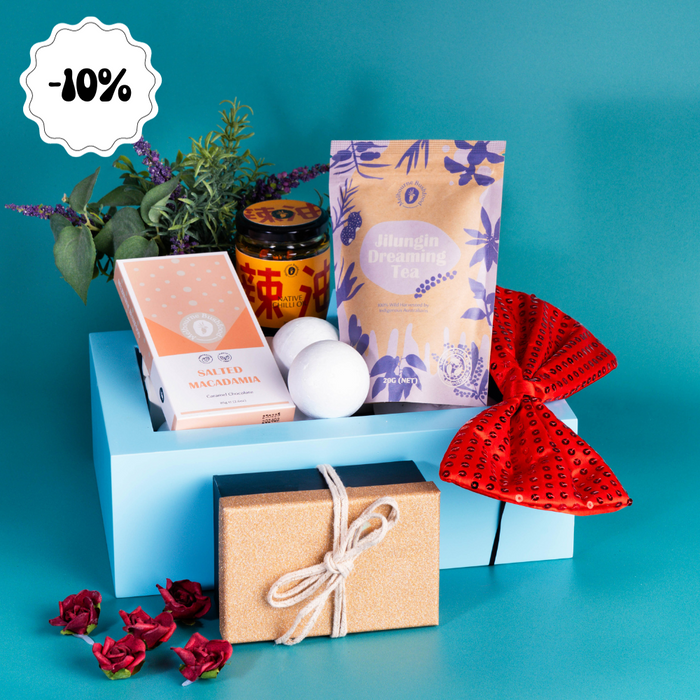

Geraldton Wax - Growing Geraldton Wax
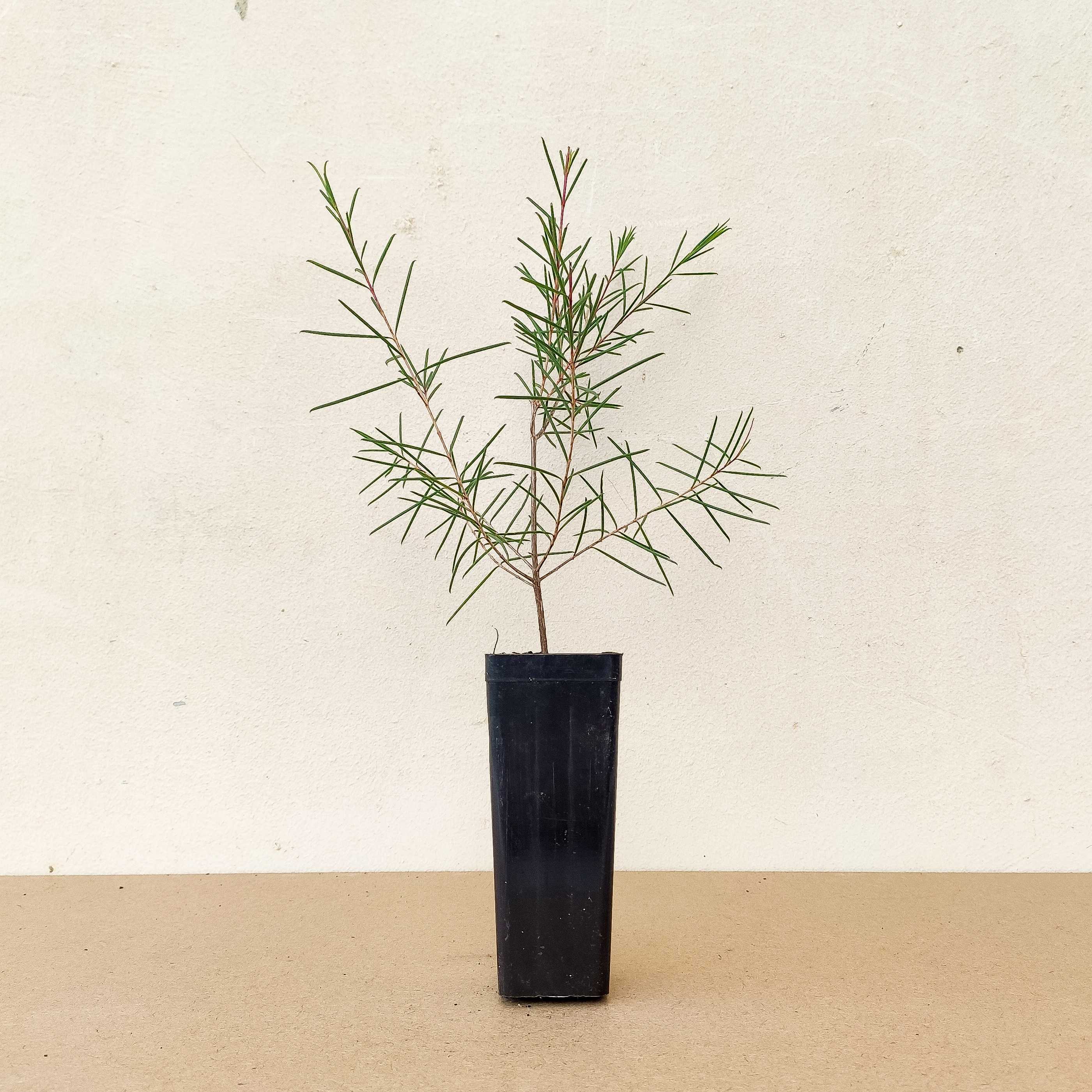
Image from Melbourne Bushfood
Chamelaucium uncinatum, commonly known as Geraldton wax, is a flowering plant endemic to Western Australia. It is an erect shrub 0.5 to 4m high, bearing white or pink flowers June–November. The flowers (somewhat resembling those of the tea tree) last a relatively long time after cutting, making the plant popular in horticulture. It is widely cultivated throughout Australia, both in home gardens and in the cut flower industry.
Geraldton Wax is relatively hardy and fairly easy to grow in a Mediterranean climate with well-drained sandy soil and a sunny aspect. It can be grown in areas of higher humidity, such as Sydney, but tends to be short lived. It is also good in pots. It has the tendency to 'fall over' and may need support. It is very drought-tolerant and has citrussy leaves.
The wonderful aroma and taste of Geraldton Wax are likened to that of a lemony pine needle. They are incredibly delicious with seafood and especially stuffed with whole fish. The flowers are also edible, but not in large quantities.
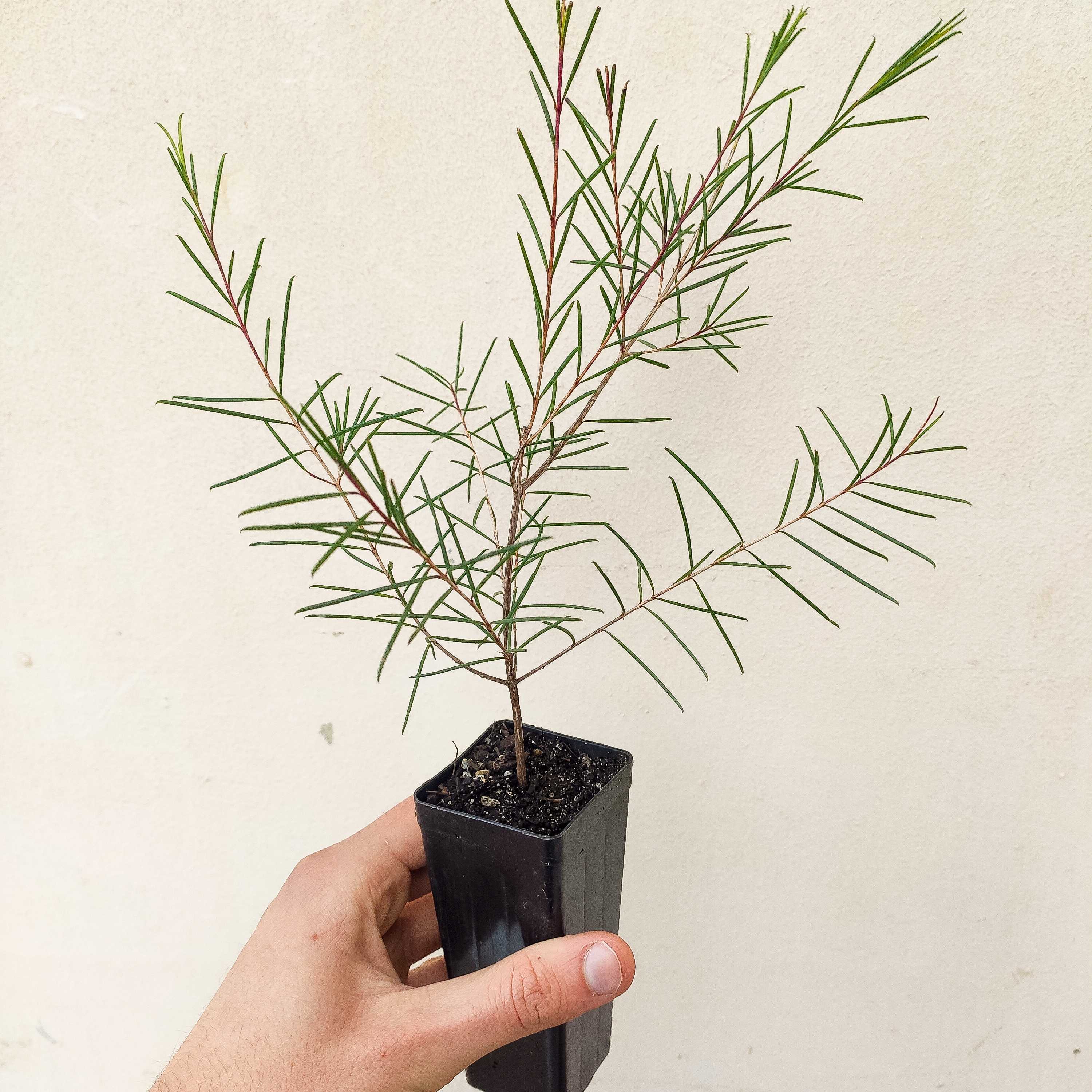
Image from Melbourne Bushfood
Good for:
- Beginners
- Garden
- drought
- Pot
- Light frost (-2°C)

Water

Sunlight
Full Sun

Size
2-2.5m high
Planting
Planting Geraldton Wax
To grow Geraldton Wax, find a place in the garden that gets full sun to part shade. Dig the planting hole twice as wide and to the same depth as the size of the planter it comes in.
Place the plant in hole and backfill with soil, gently firming down. We advise that you form a raised ring of soil around the edge of the plant. This helps to contain water--giving roots a good drink whenever you water. Water well after planting to settle the soil around the roots and give it a good drink to hit the ground running.
If you prefer to mulch, use organic mulch, but keep it away from the trunk. Feeding occasionally with native fertilizer to ensure strong root development is recommended but not mandatory.
If growing on pots;
A pot that is at least twice the size of the planter it came with will suffice. Position in full sun to part shade. Fill the pot with a quality potting mix, such as Osmocote Premium Potting Mix. Carefully remove the plant from the pot ensuring not to disturb any of the roots.
Place in hole and fill with potting mix, gently firming down. Water in well to get it off to a good start. If you prefer to mulch, do so around the base (organic mulch) just remember to keep it away from the trunk. Occasional feeding with native fertilizer to ensure strong root development is recommended but not mandatory.
P.S Geraldton Wax will grow in humid summer environments but these conditions may limit the plant’s lifespan. Lightly prune after flowering. Always ensure that the soil is not wet for long periods of time. You can check this by inserting your finger into the soil around the base of your plant.
The colourful flowers are great for attracting bees to the garden, your other natives just welcomed a friendly neighbour.
Maintenance
Watering
Geraldton Wax is adapted to dry lands, water sparingly-ensuring the soil at the base is dry before giving it another drink. You can insert your Finger into the soil to determine if it needs more water.
Fertilizing
Fertilizing is not mandatory, but if you prefer--then use native fertilizer to enhance root development--preferably in Spring.
Harvesting
Use Geraldton Wax's leaves as you would Rosemary — you strip the leaf of a wax flower plant, blend it with some oil and a pinch of salt and create a green salsa-verde paste and that can be used on fish prawns or lamb.
Whilst you can propagate Geraldton Wax from both seed and cuttings, the latter is preferred as it's generally easier. The stubborn seeds won't grow unless they're given the perfect conditions.
Other guides:

